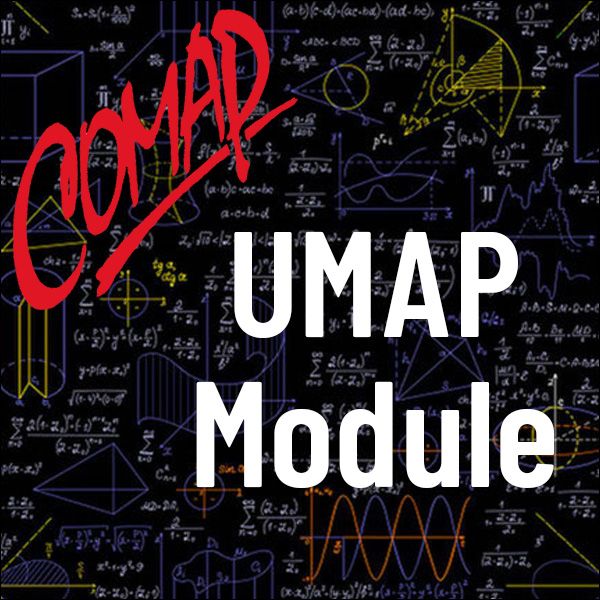The Hardy-Weinberg Equilibrium (UMAP)
Author: Steven Kolmes & Kevin Mitchell
This module uses elementary probability to show how genotypes in a population reach an equilibrium in a single generation, under appropriate conditions. Real data illustrate this concept, and conditions are examined that may keep a population from attaining an equilibrium. With completion of this module students will be able to: 1) model simple genetic inheritance with elementary probability; and 2) calculate genotypic and allelic equilibria using the Hardy-Weinberg model.
Table of Contents:
INTRODUCTION
BASIC TERMINOLOGY
Diploidy and Haploidy
Loci and Alleles
Homozygosity and Heterozygosity, Dominance and Recessiveness
SOME ELEMENTARY PROBABILITY
The Basic Laws
Independence
Using Punnett Squares
POPULATIONS
Gene Pools and Genotypic Frequencies
Allelic Frequencies
Examining Frequencies in Successive Generations
UNDERLYING ASSUMPTIONS
Males and Females Are Genetically Equivalent
Random Mating
No Immigration of Emigration
Mutations
Evolution
Population Size
THE HARDY-WEINBERG MODEL
The Hardy-Weinberg Equilibrium
Using the Binomial Expansion
More Than Two Alleles
More on Blood Groups
Still More on Human Blood Types
UPSETTING THE BALANCE
Genetic Diseases
Heterozygote Advantage
Hybridization
SOLUTIONS TO SELECTED EXERCISES
REFERENCES
ABOUT THE AUTHORS

Mathematics Topics:
Application Areas:
Prerequisites:
You must have a Full Membership to download this resource.
If you're already a member, login here.